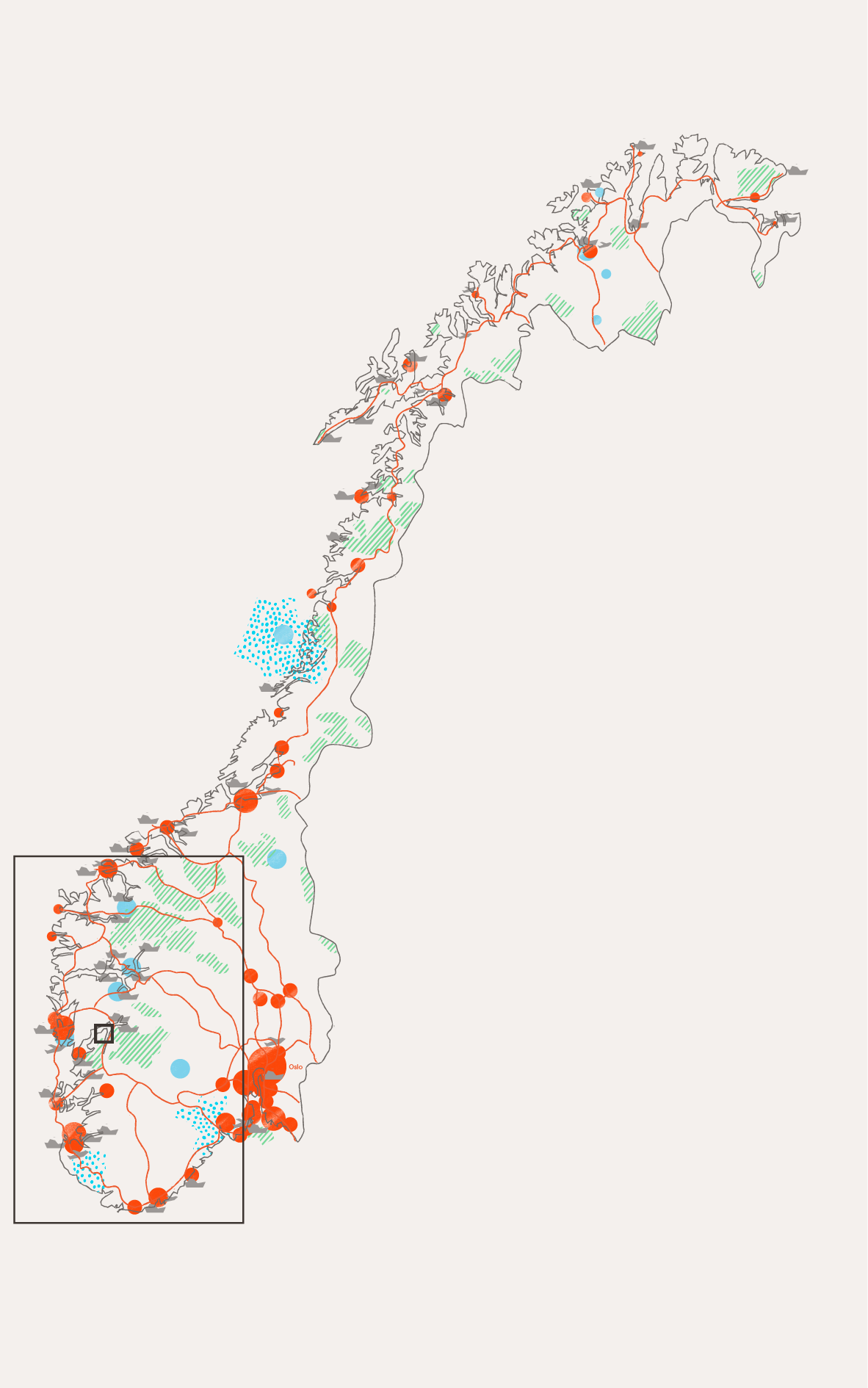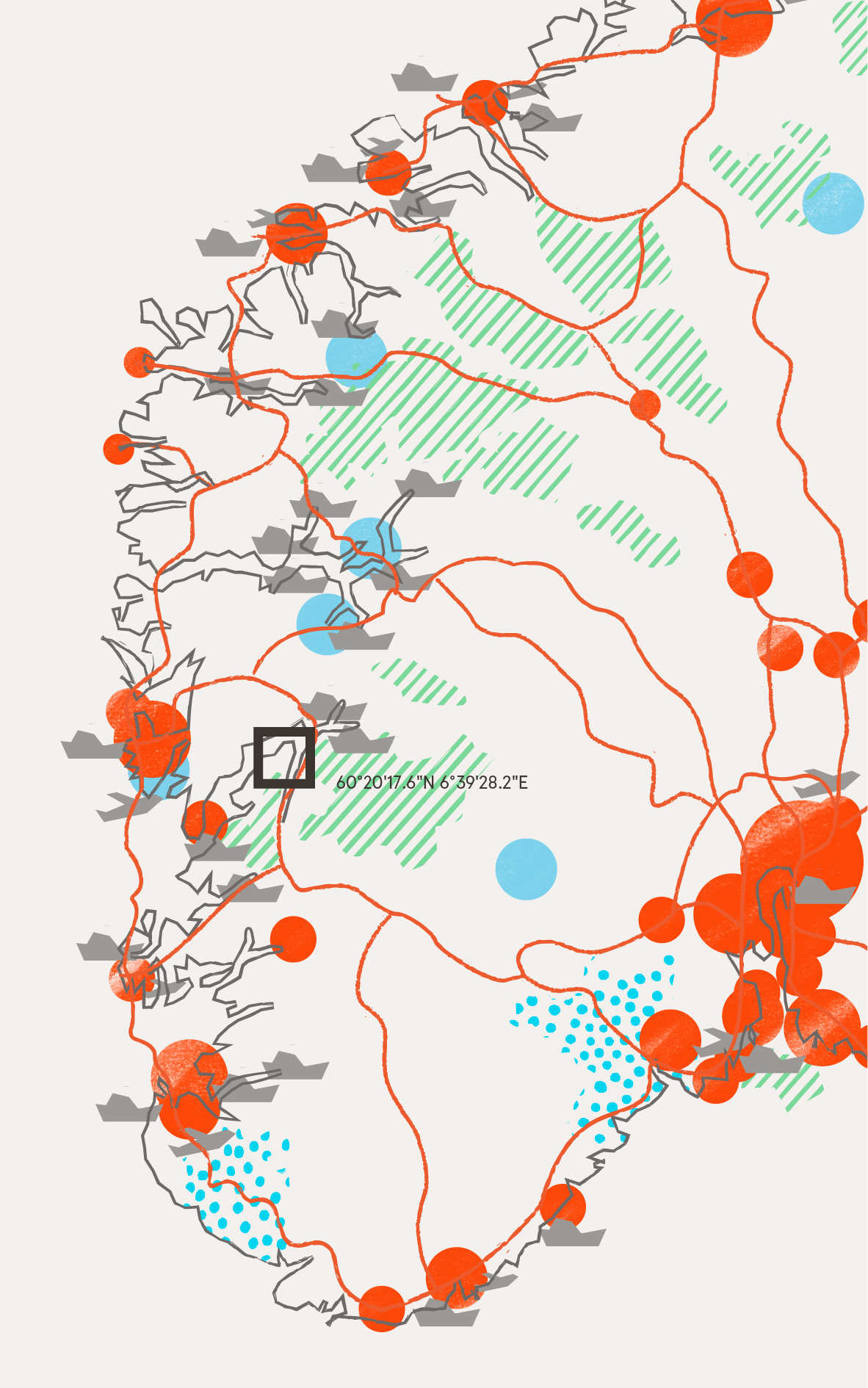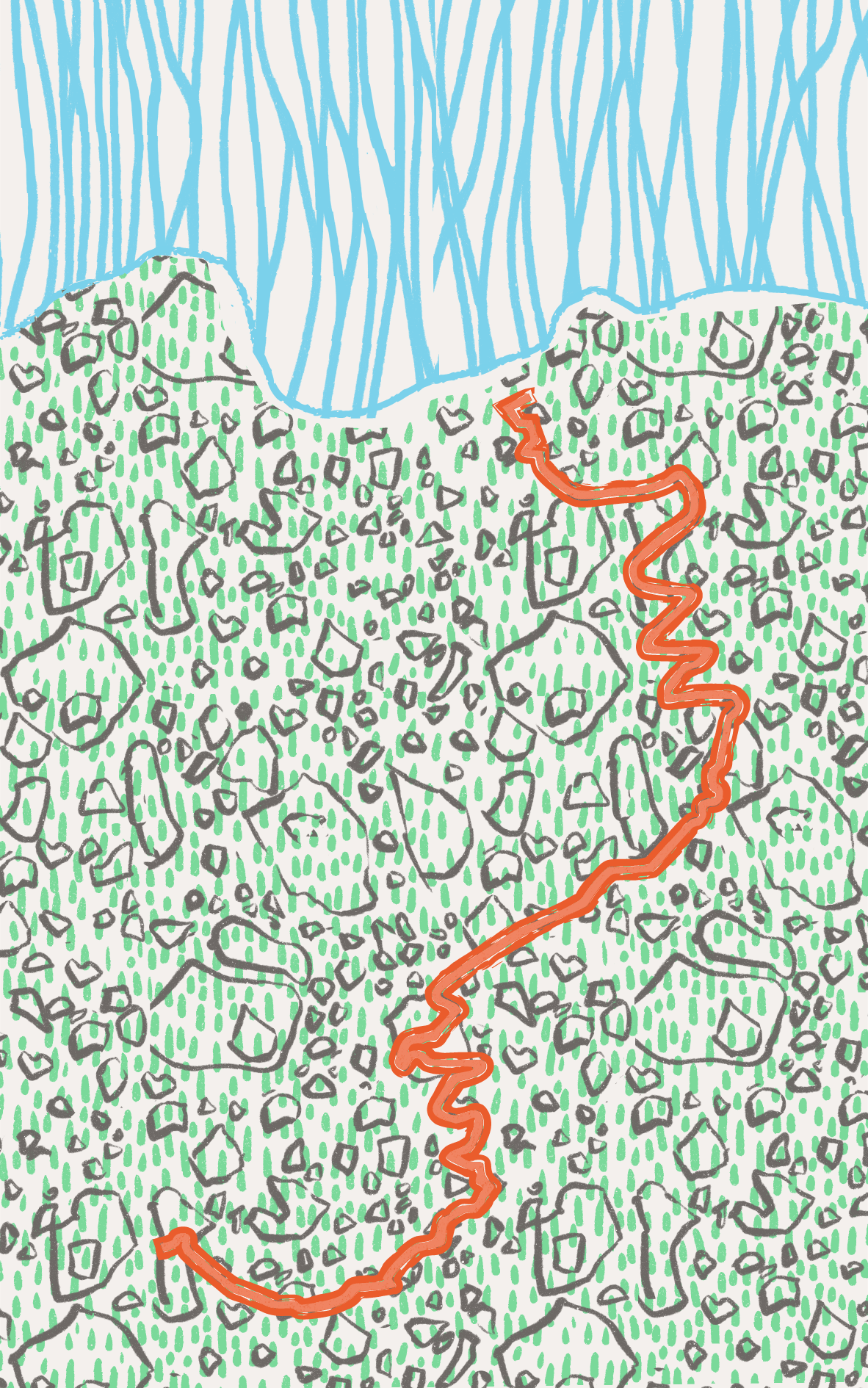Craftsmanship from Nepal restores and establishes 200 stone paths in Norwegian tourist destinations.

Cities and towns

National parks

UNESCO sites

UNESCO global geoparks

Main roads

Airports

Cruise ports

Case

Infrastructure

Rocks / Cliffs

Grass

River / Ocean



Craftsmanship from Nepal to Norway
During the last fifteen years, Sherpas from Nepal have restored old traffic routes and established new trails in about 200 Norwegian hiking destinations. Based in the Himalayas, the Sherpa people are regarded for their strength and enormous respect for nature and life on earth and have a 1000-year tradition of stonework, a craft that is on the verge of extinction in Norway.
Adapted to the landscape
With simple tools and beautiful craftsmanship, the Nepalese stone workers break the rock and build paths by hand, adapting them to the natural lines of the terrain. There is great variation among the different projects. In some places, wide trails have been built to withstand many hikers and high visitor numbers. While in others, hikers will be diverted into less vulnerable terrain.
In Munketreppene in Hardanger, the Sherpas have restored an old and formerly important route originally built by English monks in the 1200s. The trail is made up of 616 steps made of large rocks and goes from the village of Lofthus, known for its extensive fruit production, to the entrance of Hardangervidda, Norway’s largest national park.
 IvarEidne
IvarEidne
 IvarEidne
IvarEidne
Key facts
- Location
Hardanger
- GPS
- Protection framework
- Estimated number of visitors
- High season
- Low season
- Project owner
- Designer
- Year(s) built
- Materials
- Grants